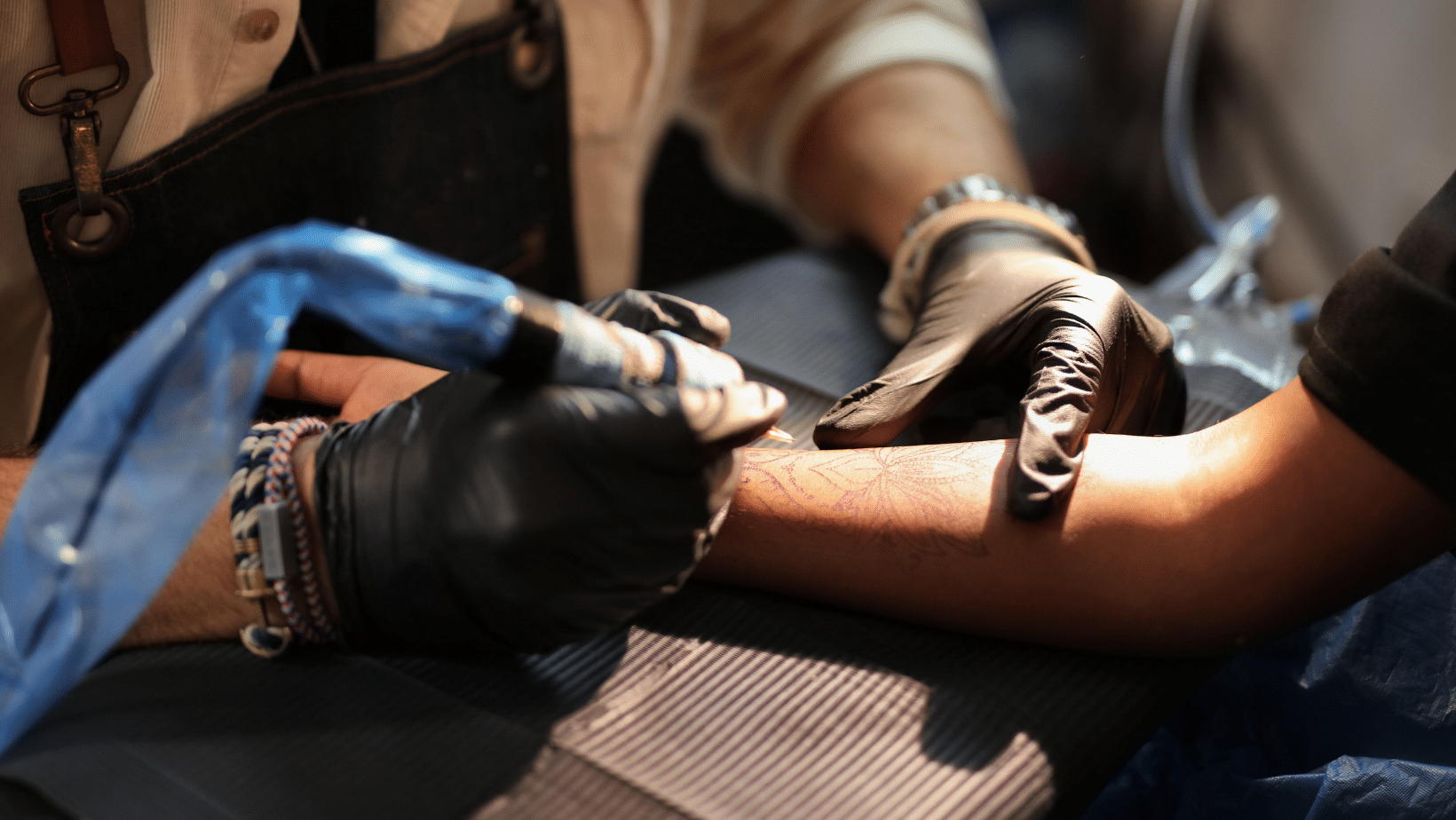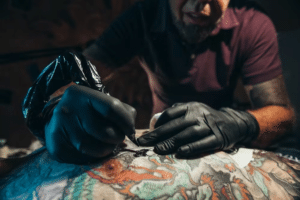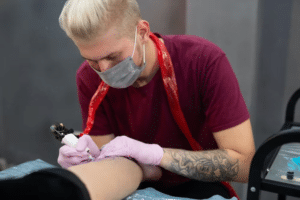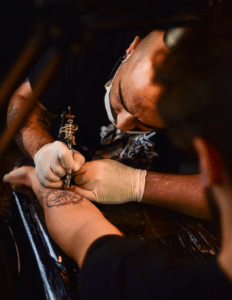
There are three ways to get rid of a tattoo:
laser surgery, surgical removal, and home remedies. To save you time, laser removal is unquestionably the finest technique out of the three if you have the
cash to spend and a tattoo you regret.Nevertheless, before scheduling an appointment with the closest specialist, search for “laser tattoo removal” first. This is because the quality and success of laser surgery can vary; we’ll get to it later.On the other end of the spectrum, home remedies are more popular than ever. Nonetheless, you should conduct some research before doing a tattoo removal at your house.
What To Expect From Tattoo Removal

Variations in technology in the tattoo industry have made removal methods variable, even when dealing with the same broad treatment (such as laser removal). To remember, have the following in mind:
Certain Colours Are Harder To Remove Than Others
In general, colours like
red, blue, and black are the easiest to get rid of. However, colours like orange, yellow, pink, purple, and brown are more challenging. Green, light blue, teal, and pretty much all neon colours are the ink colours that are hardest to get rid of. Despite all of this, contemporary laser technologies like PicoSure and Q-switched can effectively handle just about any colour.
The Better The Tattoo, The Harder It Is To Remove
You looked for the best tattoo artist for a whole month, and then you waited on the waiting list for another month. Finally, they inked you and went
Salvador Dali on you, transforming your body into a striking tapestry. The good news is that you most likely now have an incredibly cute tattoo. The bad news is that your tattoo will be far more difficult to get rid of than an inexperienced artist’s.
There Will Be An AftermathYou can anticipate that there will be a time when the erased ink, metaphorically speaking, symbolises a tattoo of its own, with everything from lingering pain to obvious scarring. Even the most complex treatments will need extra care and leave some form of a physical remnant, at least temporarily.
Common DIY Home Tattoo Removal Methods
Everyone believes that you can DIY anything in the world when there are instructional videos on YouTube and social media. When it comes to medical procedures like tattoo removal, that is a dangerous presumption. Despite the popularity of DIY techniques, there is no proof of their efficacy or safety.Now if you must, here is a selection of the least harmful and toxic methods to try for yourself;
Salabrasion
Simple substances like
table salt, tap water, and an abrasive tool like a wooden block covered in gauze are used in the salabrasion tattoo removal method.If there is hair on the tattooed area, it will first be shaved by the person performing the process. Then, apply salt and water to the tattooed area and vigorously rubs it with the abrasive gauze surface until it turns a dark, blood-red colour. Apply an antibiotic ointment next, followed by a three-day stay of sterile gauze dressing.
Glycolic Acid
By mixing
one teaspoon of bicarbonate of soda with 1/2 litre of water, make a solution and keep it on hand. The skin should first be carefully cleaned with rubbing alcohol. Once the area is clean, rinse off any remaining rubbing alcohol and treat the affected area with a hot towel. To dry, gently pat the skin.Next, carefully follow the application directions that came with the glycolic acid to apply it to the skin. Permit to dry. Utilising the previously prepared bicarbonate of soda solution, rinse the acid out. Don’t forget to use the solution to completely clean the area.
Tattoo Removal Creams
Through the process of effectively bleaching and peeling the epidermis, the top layer of your skin, tattoo removal creams can reduce the visibility of ink. Usually, the active chemicals hydroquinone and trichloroacetic acid are used in tattoo removal lotions to do this. (TCA).Simply apply a tattoo removal cream to the tattoo once or twice daily (some companies employ a two-step procedure, although it doesn’t appear that the two methods much differ in terms of efficacy). Although the application is painless, it’s vital to keep in mind that it can take months to lighten a tattoo to the point of near-invisibility. To observe results, make sure to follow the instructions exactly.
Salicylic Acid
Additionally, tattoos can be eliminated using TCA peels. TCA, a weak acid, is given to the skin in order to dissolve the tattoo ink and the skin’s outermost layers. Although there is a chance that this operation will be moderately uncomfortable, anaesthesia is usually not necessary.TCA peels, like the other tattoo removal methods, leave an open wound that needs to be treated after the treatment. All that is required is daily washing with soap and water, the use of an antibiotic ointment, and the dressing. Normally, these wounds will recover in 5-7 days.
Conclusion
Regardless of the price, it is always the best advice to seek tattoo removal services from trained professionals against home remedies. They are not only much safer, but they take less time and ensure a seamless healing process with guaranteed results.
FAQ
How can I fade my tattoo naturally?
Your best bet is to
begin daily applications of a mild skin-lightening agent like hydrogen peroxide or lemon juice. If you’re looking for a faster, more direct approach, you could also try exfoliating the tattoo thoroughly 2-3 times a day with a homemade salt scrub or similar abrasive mixture.
Can lemon remove tattoos?
Using lemons is the best natural method to remove or lighten tattoos. It is a bleaching agent due to the natural acids present in it. Its content can easily wipe off the ink. It is safe for the skin, encourages skin cell recreation and sustains a healthy and smooth surface.
How long does it take for a tattoo to fade naturally?
A tattoo that is poorly maintained can begin to experience some very slight fading
after the first year. A tattoo that receives the appropriate care may not experience noticeable fading for many years – even a decade.
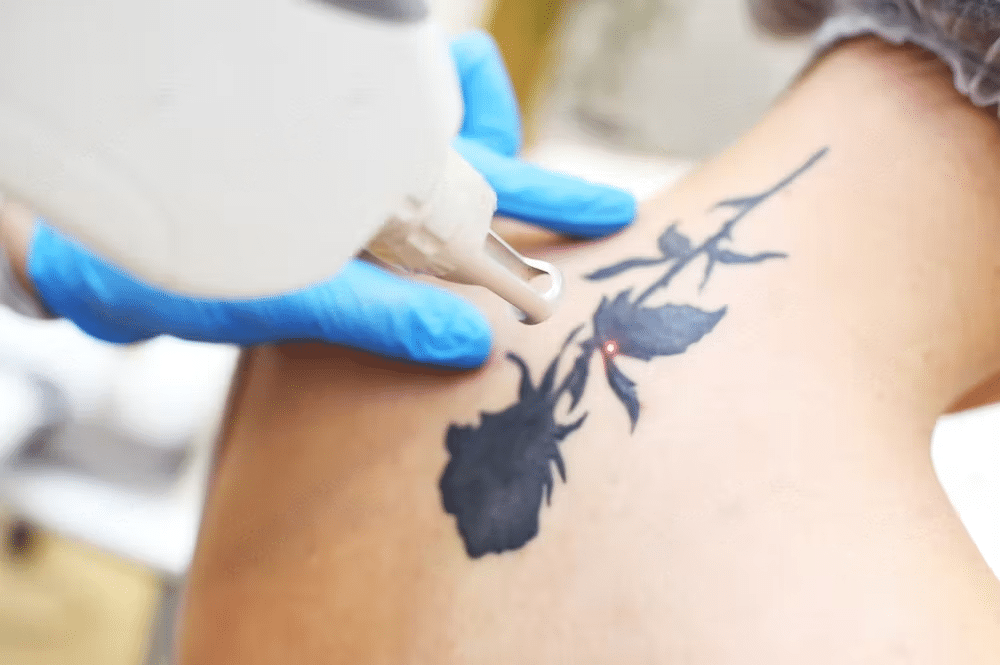 There are three ways to get rid of a tattoo: laser surgery, surgical removal, and home remedies. To save you time, laser removal is unquestionably the finest technique out of the three if you have the cash to spend and a tattoo you regret.Nevertheless, before scheduling an appointment with the closest specialist, search for “laser tattoo removal” first. This is because the quality and success of laser surgery can vary; we’ll get to it later.On the other end of the spectrum, home remedies are more popular than ever. Nonetheless, you should conduct some research before doing a tattoo removal at your house.
There are three ways to get rid of a tattoo: laser surgery, surgical removal, and home remedies. To save you time, laser removal is unquestionably the finest technique out of the three if you have the cash to spend and a tattoo you regret.Nevertheless, before scheduling an appointment with the closest specialist, search for “laser tattoo removal” first. This is because the quality and success of laser surgery can vary; we’ll get to it later.On the other end of the spectrum, home remedies are more popular than ever. Nonetheless, you should conduct some research before doing a tattoo removal at your house.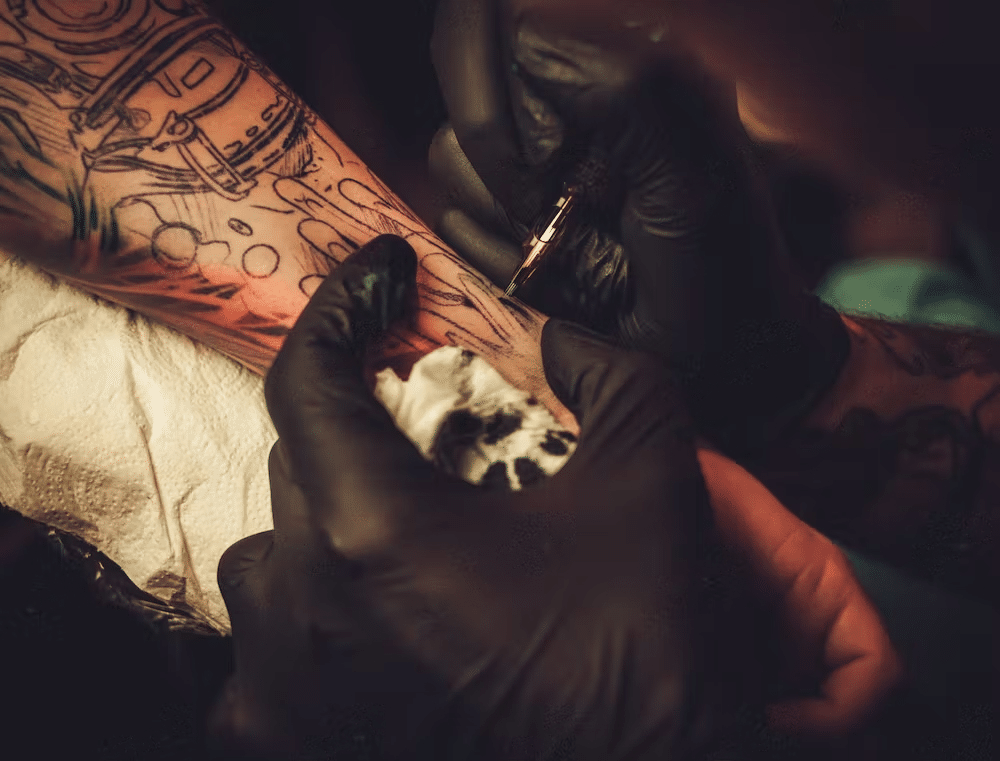 Variations in technology in the tattoo industry have made removal methods variable, even when dealing with the same broad treatment (such as laser removal). To remember, have the following in mind:
Variations in technology in the tattoo industry have made removal methods variable, even when dealing with the same broad treatment (such as laser removal). To remember, have the following in mind:
